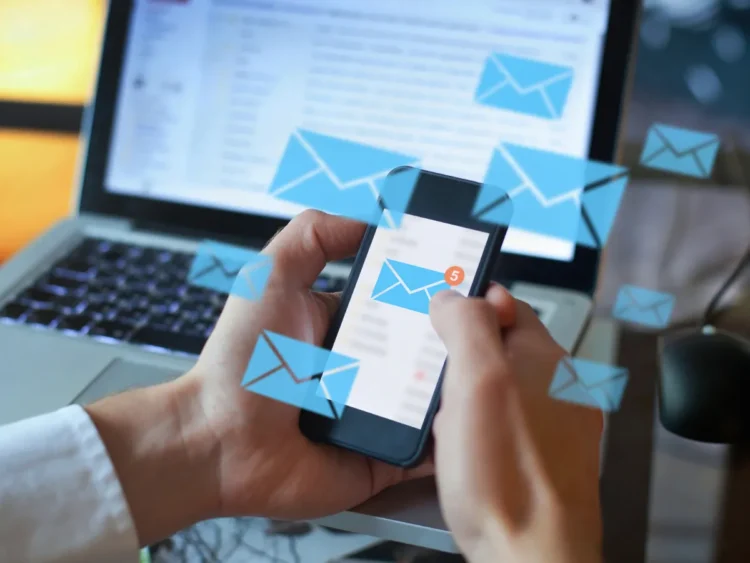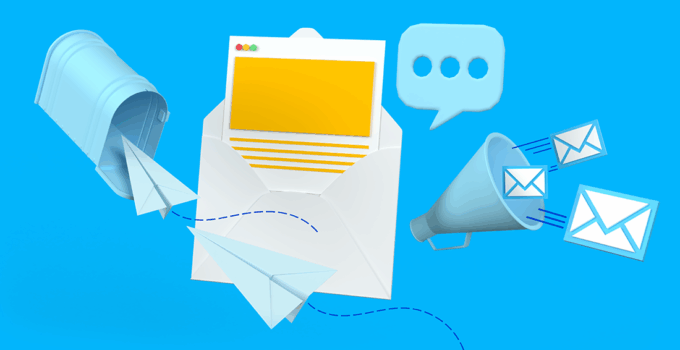In an era dominated by social media ads, influencer collaborations, and algorithm-driven content, many marketers have prematurely declared email marketing dead. But the truth tells a different story. Email remains one of the most powerful tools for nurturing relationships, driving sales, and building brand loyalty—if it’s done right.
The key to modern email marketing success isn’t sending more emails; it’s sending smarter emails. And smart brands today are winning big through segmentation.
Page Contents
Why Email Marketing Still Matters
Email marketing boasts an impressive ROI, often cited around $36 for every $1 spent. Unlike social media platforms where brands fight algorithms for visibility, emails land directly in a user’s inbox—a personal space where brands can build authentic connections.
However, today’s consumers expect personalization. Sending a one-size-fits-all blast to your entire list is no longer effective. This is where segmentation becomes essential.
What is Segmentation?
Segmentation involves dividing your email list into smaller, targeted groups based on shared characteristics. These characteristics could be demographics, purchase history, browsing behavior, location, engagement level, and more.
Rather than sending generic emails, segmented campaigns deliver tailored messages that resonate deeply with each audience group. This approach dramatically increases open rates, click-throughs, and conversions.
How Smart Brands Use Segmentation to Win

Source: forbes.com
1. Behavioral Segmentation
Brands analyze how users interact with their websites, products, or previous emails. For example, sending abandoned cart reminders only to those who left items behind, or re-engagement emails to users who haven’t interacted in a while.
Example:
An apparel brand could segment customers who frequently browse outerwear and send them a special offer just for jackets and coats.
2. Lifecycle Segmentation
Different stages of the customer journey require different messaging. A new subscriber should get a welcome series, while a loyal, long-term customer might appreciate VIP rewards or loyalty discounts.
Example:
A beauty brand might send new customers tutorials on how to use their products, while longtime customers receive early access to new launches.
3. Demographic and Geographic Segmentation

Source: simplifyingtheweb.com
Segmenting by age, gender, or location allows for highly relevant messaging. Promotions can be timed around regional events, seasons, or local holidays.
Example:
A travel company might promote tropical destinations to cold-climate subscribers during winter months.
4. Interest-Based Segmentation
If a customer has shown repeated interest in a certain product category, tailor emails to highlight those products. Make it easy for them to say “yes” to purchasing.
Example:
An electronics retailer could send gaming accessories promotions only to customers who previously bought gaming consoles.
GameZone’s Winning Strategy
GameZone, a leading Filipino online card gaming platform, uses segmentation effectively by personalizing tournament invites, reward offers, and updates based on player behavior and preferences. Rather than spamming all users with the same updates, they tailor messages to player activity, keeping their community engaged and coming back for more.
This is a model e-commerce brands can follow: by segmenting based on behavior and interests, you not only increase engagement but also build stronger, longer-lasting customer relationships.

Source: iodigital.com
Conclusion
Email marketing isn’t just alive—it’s thriving for brands that embrace segmentation. By delivering highly personalized, timely, and relevant messages, you can cut through the noise, foster loyalty, and drive serious revenue.
Smart segmentation transforms email marketing from an outdated tool into one of the most strategic weapons in your digital arsenal. Don’t let the skeptics fool you—when used correctly, email marketing can be one of the most powerful assets for brand growth.





